Having a beautiful lawn that is lush and green requires more than just mowing it once in a while. A combination of proper mowing techniques and fertilization can help you achieve the perfect balance for your lawn to thrive. In this blog post, we will discuss how lawn mowing and fertilization work together to create healthy grass, as well as provide tips on how to get the most out of both processes. From understanding when and how much fertilizer should be applied, to knowing what height your grass should be kept at, you’ll learn all the basics about these two important tasks that are essential for keeping your lawn looking its best. So let’s dive right in!
Mowing For Healthier Grass
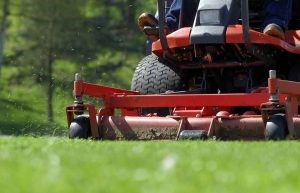
Proper lawn mowing does a lot more than shortening the length of your grass! Many people think primarily of fertilizers when it comes to improving the quality of their grass, but lawn mowing also plays a big role in preserving and improving your lawn's health! A routine mowing schedule of once per week is the best option for homeowners looking to improve the health of their grass and the appearance of their lawns. If lawns are mowed either too infrequently or too often, fertilization efforts will not produce the intended results because the grass will have to work harder to stay healthy and absorb nutrients.
Mowing your lawn at the right height is key to keeping it healthy. The ideal height for most grasses is 2-3 inches, but this varies depending on grass type and climate. In our area, most lawns should consist of a cool-season grass type that prefers to grow a bit taller. Mowing too low can cause damage to your grass and stunt its growth, and even the best fertilizers may not be able to help. Remember to cut off only the top 1/3 of your lawn's length -- this prevents shock and ensures that the roots get enough energy from photosynthesis. The greener the grass is above the soil, the healthier the roots are underneath the soil. Use the chart below as a guide for when to cut your grass:
Grass Type Optimal Height (inches)When To Mow (inches)
Perennial Ryegrass1.5 - 2.52 - 3.75
Kentucky Bluegrass2 - 2.53 - 3.75
Fine Fescue2 - 2.53 - 3.75
Tall Fescue2 - 3 3 - 4.75
Bermudagrass1 - 1.51.5 - 2
Zoysia1 - 1.51.5 - 2
Fertilizing For A Lush Lawn

Fertilization is an important part of having a lush green lawn. Fertilizer provides essential nutrients like nitrogen, potassium, phosphorus, and other nutrients that help promote healthy root growth as well as strong top growth to ensure your lawn looks its best. A general rule of thumb is that you need 1 pound of nitrogen fertilizer for every 1,000 square feet of your lawn. When properly fertilized, your lawn can reach its full potential and strength, which makes grass blades able to regenerate more easily after lawn mowing sessions.
When you cut your grass, you are removing plant matter that is used to absorb nutrients. Though mowing is a necessary part of lawn care and keeping your yard healthy, it does make your grass have to work a little harder to take in resources from the soil and via photosynthesis. Proper fertilization introduces higher levels of nutrients to the soil so that your lawn can have more opportunities to replenish itself after you cut it. Without proper fertilization and/or proper nutrients in the soil, mowing will start to take a toll on the health of your lawn, and you will start to notice slower growth, bare patches, and discolored grass.
Don't Mow Too Low!
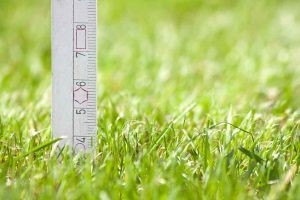
You must always keep in mind how important it is not to "scalp" your lawn. Some lawn care novices think that cutting the grass a bit shorter than normal will cut back on the number of mowings that need to be done, but you will end up harming your grass in the long run. Grass blades need to be tall and robust enough to absorb nutrients from fertilizers and natural sources, and mowing too short prevents this from happening. When low mowing causes your lawn's growth to become stunted, you may be tempted to overcompensate with fertilizer, but that would be a big mistake!
Turf burn or fertilizer burn occurs when too much fertilizer is applied, causing the grass blades to become brittle and discolored. Rapid growth at an unnatural rate stresses out your grass and has the opposite effect of what is intended. Couple this with low mowing that depletes your lawn's energy reserves, and you will be dealing with a much more problematic lawn than when you started. It's important to find a balance between mowing your lawn properly and fertilizing it correctly so that your lawn can remain healthy without any damage. The mowing chart and fertilization tips above are good starting points for your lawn care routines.
Liquid Fertilizers & Lawn Mowing
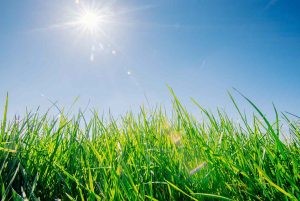
Liquid fertilizers work best when combined with proper mowing practices. Liquid fertilizers are able to move through the soil more quickly than granular-based fertilizers, which makes them great for giving your lawn an extra boost after regular mowings. These types of products usually have quick-release formulas that provide nutrients right away instead of having to be absorbed over time like their granular counterparts. Make sure you follow label instructions carefully when using liquid fertilizers, as they can be a bit more potent than granular fertilizers. Granular fertilizers also sit atop your lawn for a while before they are fully absorbed, and they must be watered in to be absorbed, which makes mowing over granular fertilizers very tricky. If you want to fertilize your lawn without disrupting your weekly mowing routine, liquid is the way to go!
Overfertilizing & Lawn Mowing
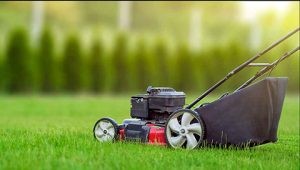
Although fertilization is important for healthy grass, applying too much fertilizer can cause harmful effects on your lawn. Excess nutrients can lead to a buildup of salts in the soil which will eventually damage and kill your grass. Applying too much fertilizer at one time can also leave you with brown patches due to rapid growth that causes the grass blades to become brittle and dry up faster than usual. If you opt to mulch-mow your lawn, those overfertilized clippings will keep reintroducing excess nitrogen to the soil, which will also damage your lawn. Once again, proper fertilizing goes hand-in-hand with proper mowing, and one must be taken as seriously as the other.
Simple Lawn Mowing & Fertilization In The Pacific Northwest
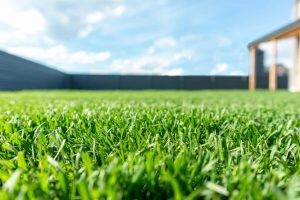
At Simple Lawns, we understand the importance of both mowing and fertilization for a healthy lawn. We specialize in lawn care services in the Portland, Oregon area and use only the best products when it comes to keeping your lawn looking its best. Our team will customize a plan for you that not only helps keep your grass green and lush but also doesn’t damage your yard with overfertilizing or low mowing heights. With regular mowing and fertilization services from Simple Lawns, you can trust that your lawn is in good hands. Contact us today to get started on a customized plan for your lawn!
Subscribe to Simple Lawns's Blog




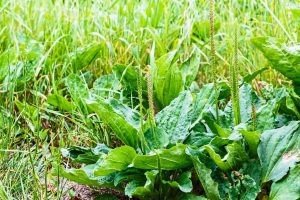
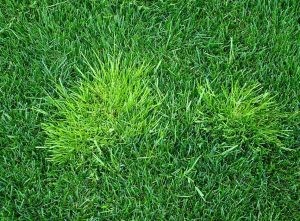
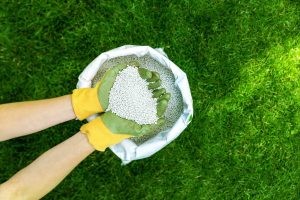

Comments